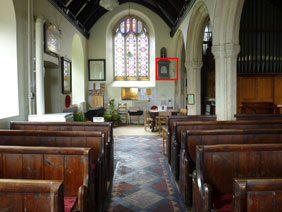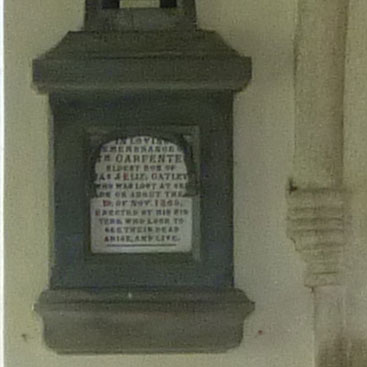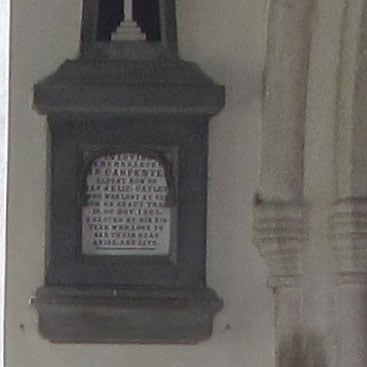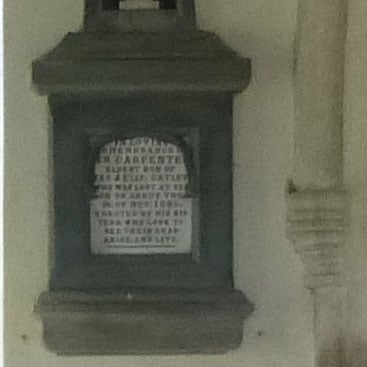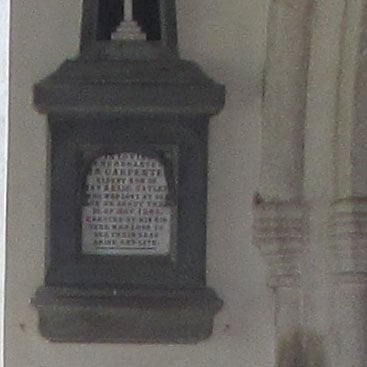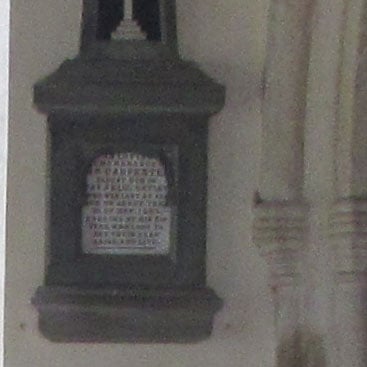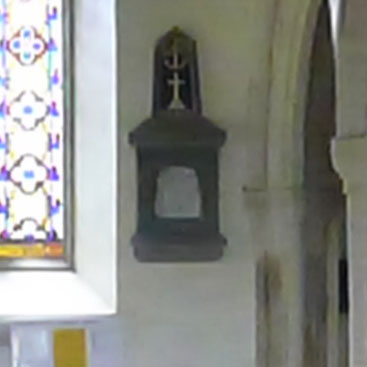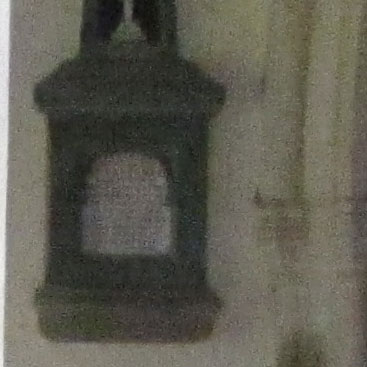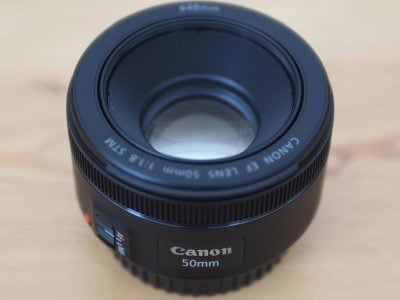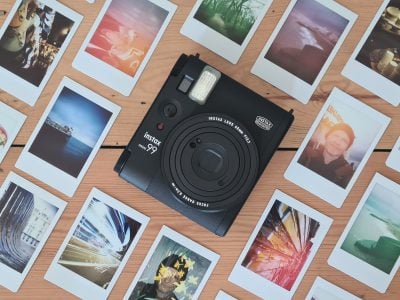Panasonic Lumix TS20 / FT20 review
-
-
Written by Ken McMahon
Quality
Panasonic TS20 / FT20 vs Canon D20 quality
|
Panasonic Lumix TS20 / FT20 |
Canon PowerShot D20 | |
 |  | |
f4.2, 100 ISO |
f3.9, 100 ISO | |
 | 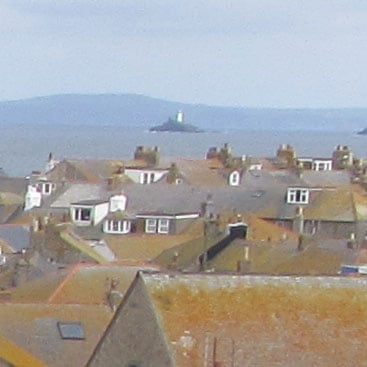 | |
f4.2, 100 ISO |
f3.9, 100 ISO | |
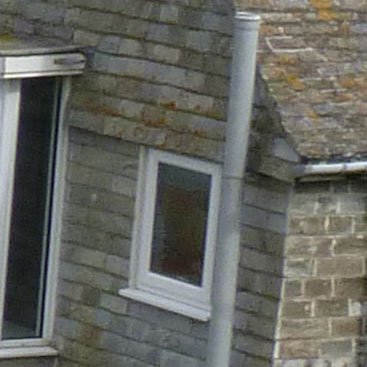 | 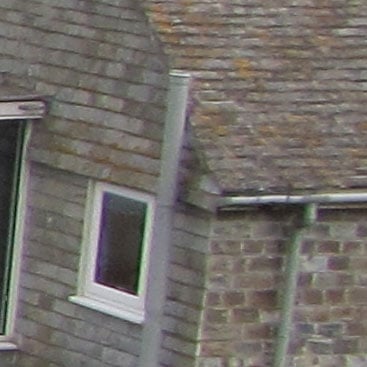 | |
f4.2, 100 ISO |
f3.9, 100 ISO | |
 |  | |
f4.2, 100 ISO |
f3.9, 100 ISO |
Panasonic TS20 / FT20 Canon D20 Noise
The above shot was taken with the Panasonic Lumix TS20 / FT20. The lens was zoomed in slightly to give an equivalent field of view to the Canon PowerShot D20. Image stabilisation was disabled for this tripod-mounted test. In Normal Picture mode the Lumix TS20 / FT20 chose an exposure of 0.6s at f4.1 at 100 ISO. As we saw in the outdoor test, at the base 100 ISO setting the 16.1 Megapixel CCD sensor of the Lumix TS20 / FT20 already has a degree of visible noise, it overlays the first crop like a fine gauze, adding texture to the flat colour of the wall, softening the edges of the memorial and scuffing the text. The step up to 200 ISO brings with it an increase in the noise that isn’t marginal, this crop is more granular and clumpy than the previous one and the text isn’t quite so legible. To put this in context, full size prints at this size won’t look great, but they won’t look terrible either and both of these settings are fine for everyday shooting. At 400 ISO, though, things take a distinct turn for the worse. On many compacts the 400-800 ISO range produces results that, while obviously not as noise-free as the lower sensitivities, can be relied on to produced relatively clean results, but you couldn’t say that of the Lumix TS20 / FT20. At 1600 ISO you’re well into ’emergency use only’ territory and, arguably, that point is reached and passed at 800 ISO. For extreme low light shooting you might be better off switching to the Lumix TS20 / FT20’s High Sensitivity scene mode which sets the ISO automatically within a sensitivity range of 1600-6400 ISO, but even then a lot of the detail is smoothed out. Compared with the results from the PowerShot D20, the Panasonic Lumix TS20 / FT20 crops show a smaller area with larger detail because of the different sensor resolutions – 12.1 Megapixels on the D20 compared with 16.1 on the TS20 / FT20. Another difference worth noting is that the D20 has a CMOS sensor whereas the Lumix TS20 / FT20 has a CCD. Both of these factors would lead you to expect superior noise performance from the PowerShot D20. Well, I’d say the D20 does have the edge here, but it’s pretty marginal and it only really makes a difference at the higher ISO sensitivities. Up to 400 ISO there’s actually very little to choose between these two models. At 800 ISO, the TS20 / FT20 crop is a little softer but has cleaner edges than the D20. The PowerShot D20 1600 ISO crop is better than the TS20 / FT20’s, though, and it can produce a full resolution 3200 ISO image compared with the reduced resolution 3.1 Megapixel option on the FT20. So, a win for the PowerShot D20, but not by as much of a margin as you might have expected. Now head over to my Lumix TS20 / FT20 sample images to see some more real-life shots in a variety of conditions.
|
